Duke Libraries’ streaming video offerings have been growing by leaps and bounds. This month we’re featuring Native American films, available from a variety of streaming platforms that the Libraries provide to the Duke community. We hope these works will surprise, delight and enlighten you. Check them out using your Duke NetID and password!
Lakota Nation vs. United States
(dirs. Jesse Short Bull and Laura Tomaselli, 2022)
Streaming on AVON

A provocative, visually stunning testament to a land and a people who have survived removal, exploitation and genocide – and whose best days are yet to come. The film “interleaves interviews of Lakota activists and elders with striking images of the Black Hills and its wildlife, historical documents and news reports, clips from old movies and other archival footage to extraordinary effect, demonstrating not only the physical and cultural violence inflicted on the Lakota but also their deep connection to the Black Hills, the area where Mount Rushmore was erected.” —New York Times, 7-13-2023.
Being Thunder (dir. Stéphanie Lamorré, 2021)
streaming on PROJECTR
At the annual regional powwow of New England tribes, there is no formal rule to prohibit Two Spirit Genderqueer people from competing in a category different from their birth gender. Sherenté dances with joy and beauty, but is blindsided by ongoing dishonesty and insensitive behavior by judges and tribal leaders. Sherenté’s enduring courage and dignity are ultimately met with an outpouring of support from family, powwow attendees, and fellow competitors.
Inhabitants: Indigenous Perspectives on Restoring Our World
(dirs. Anna Palmer & Costa Boutsikaris, 2021)
streaming on DOCUSEEK

Inhabitants follows five Native American communities as they restore their traditional land management practices in the face of a changing climate. The five stories include sustaining traditions of Hopi dryland farming in Arizona; restoring buffalo to the Blackfeet reservation in Montana; maintaining sustainable forestry on the Menominee reservation in Wisconsin; reviving native food forests in Hawai’i; and returning prescribed fire to the landscape by the Karuk Tribe of California. As the climate crisis escalates, these time-tested practices of North America’s original inhabitants are becoming increasingly essential in a rapidly changing world.
Once Upon a River (dir. Haroula Rose, 2019)
Streaming on Kanopy

Based on the best-selling novel by Bonnie Jo Campbell, Once Upon a River is the story of Native American teenager Margo Crane in 1970s rural Michigan. After enduring a series of traumas and tragedies, Margo sets out on an odyssey on the Stark River in search of her estranged mother. On the water, Margo encounters friends, foes, wonders, and dangers; navigating life on her own, she comes to understand her potential, all while healing the wounds of her past.
The Warrior Tradition (PBS series, 2019)
Streaming on Films on Demand


Smoke Signals (dir. Chris Eyre, 1998)
Streaming on Swank Digital Campus
With a screenplay by Sherman Alexie, based on his short stories, this coming-of-age story with a light, comedic heart, was added to the National Film Registry in 2018 for its cultural significance to film history.

Two Cheyenne Indian friends with very different outlooks on life set off on a road trip. Philbert Bono is a spiritual seeker trying to find the answers to life’s questions; his pal, Buddy Red Bow, is a realist who sees the world in black-and-white terms. Filming was done on location on Native American reservations in Wyoming, Montana, South Dakota, and Santa Fe, New Mexico.
The Exiles (dir. Ken Mackenzie, 1961)
Streaming on AVON

The Exiles (1961) is an incredible feature film by Kent Mackenzie chronicling a day in the life of a group of twenty-something Native Americans who left reservation life in the 1950s to live in the district of Bunker Hill, Los Angeles, California. The structure of the film is that of a narrative feature, the script pieced together from interviews with the documentary subjects. Despite (or because of) the fact that no other films at the time were (and still very few now are) depicting Native American peoples (aside from the overblown stereotypes in Westerns) let alone urban Native Americans, The Exiles could not find a distributor willing to risk putting it out theatrically, and so over the years it fell into obscurity, known and loved by cinephiles and admired for its originality and honesty. Selected by the Library of Congress’ National Film Registry in 2009, Milestone Films first premiered The Exiles in theaters in 2008, and critics and audiences were stunned by the film’s harsh beauty and honesty.
This blog post written in November 2023 is reprised to appreciate Native American Heritage month.




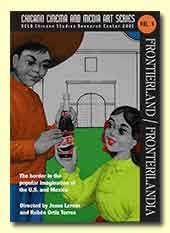
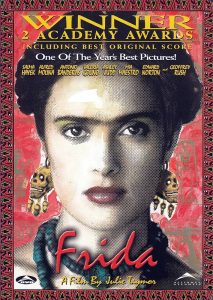
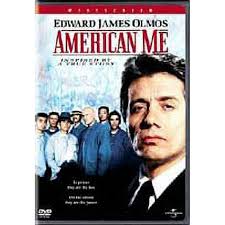

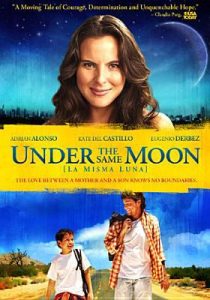
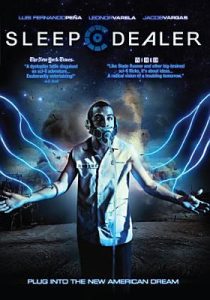
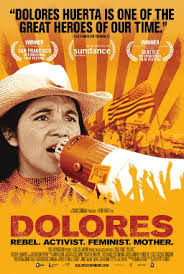
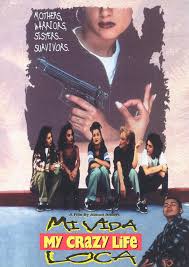



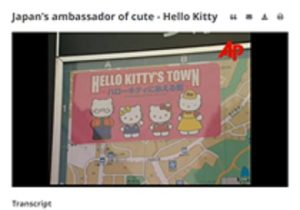



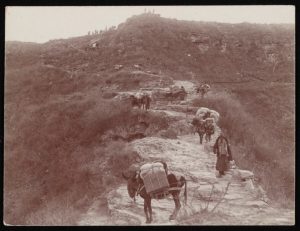








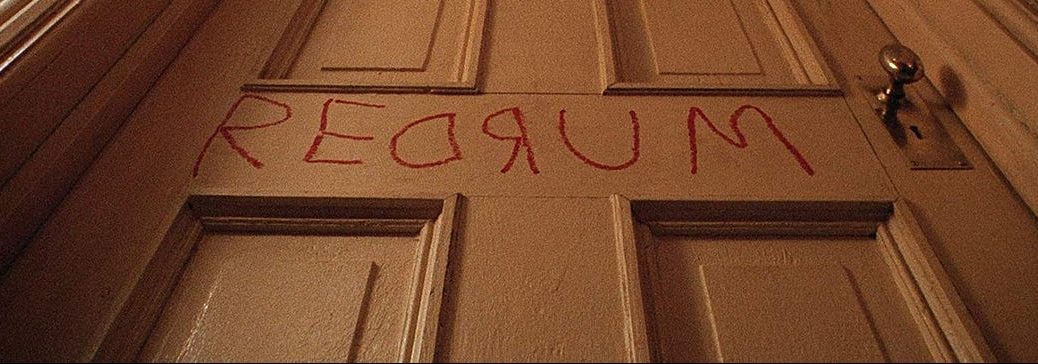






















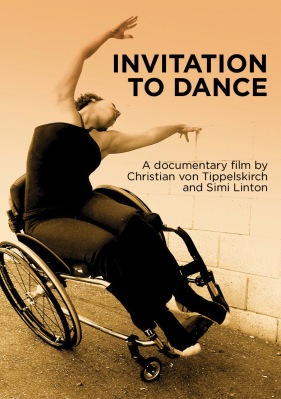
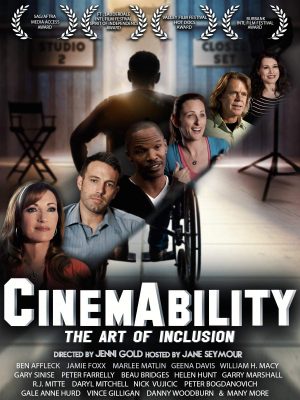


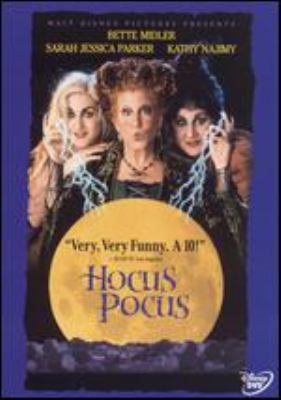



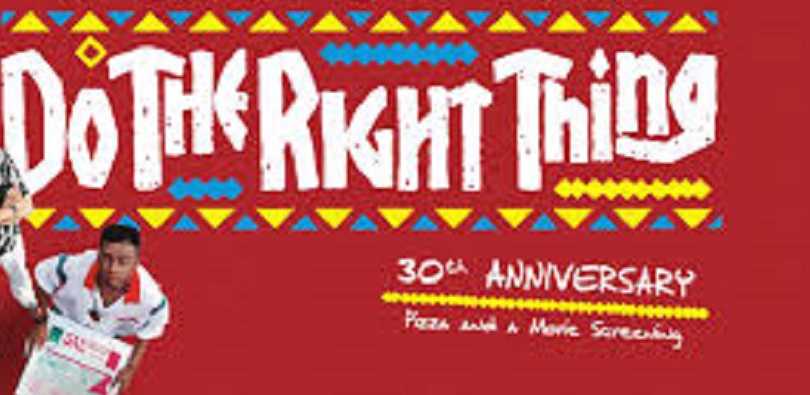












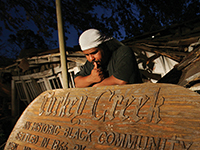


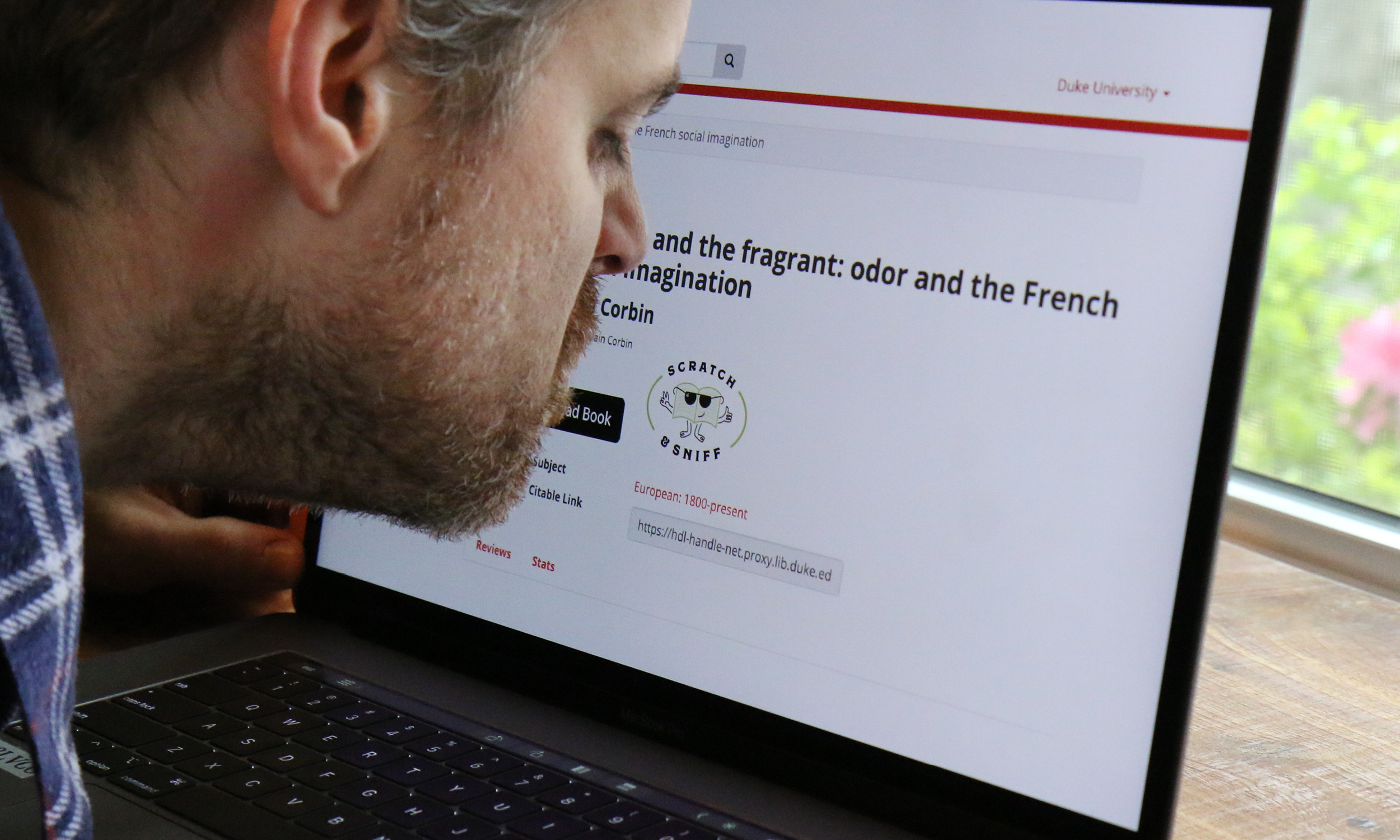































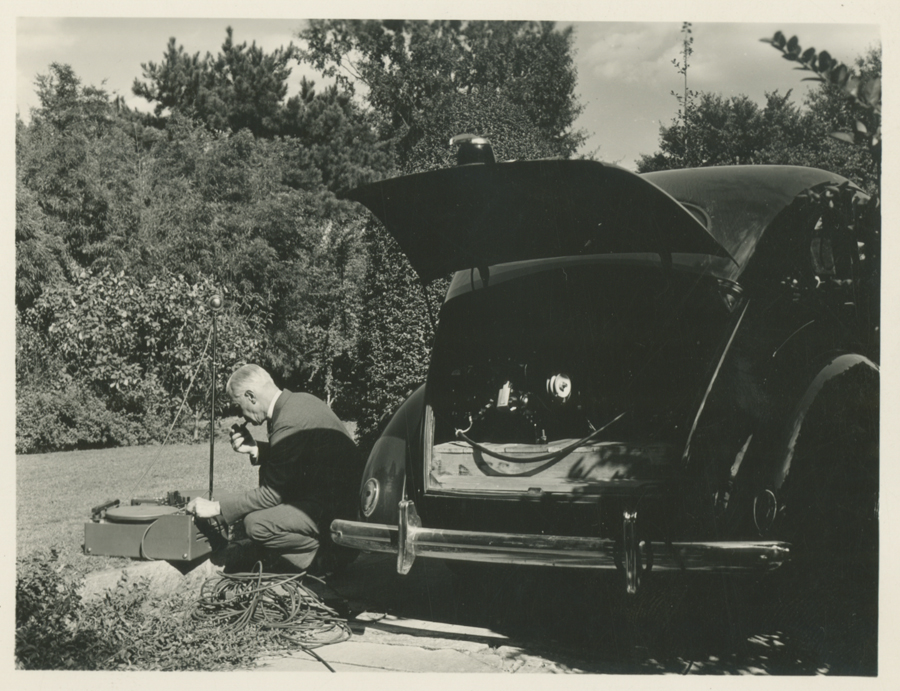
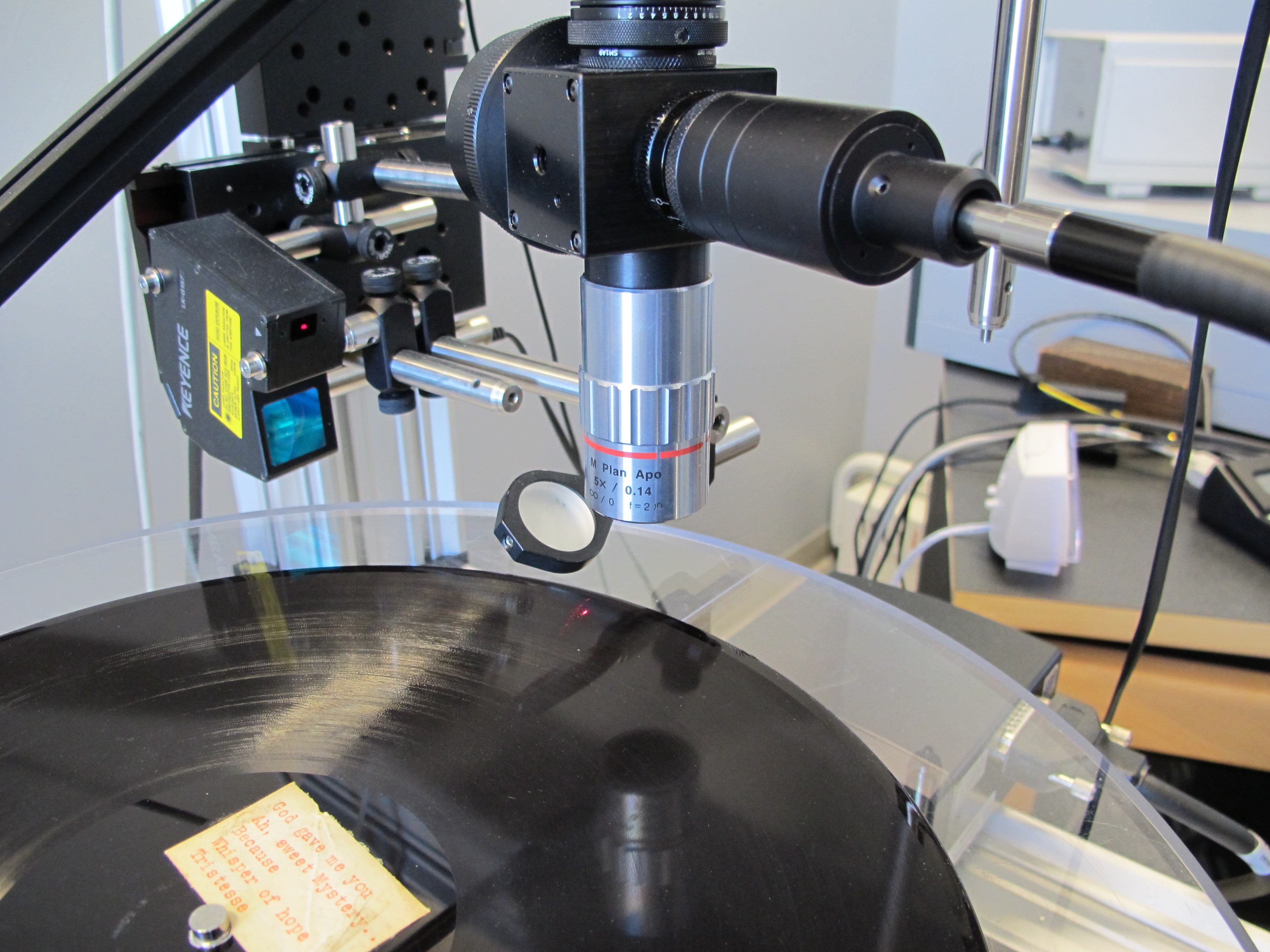



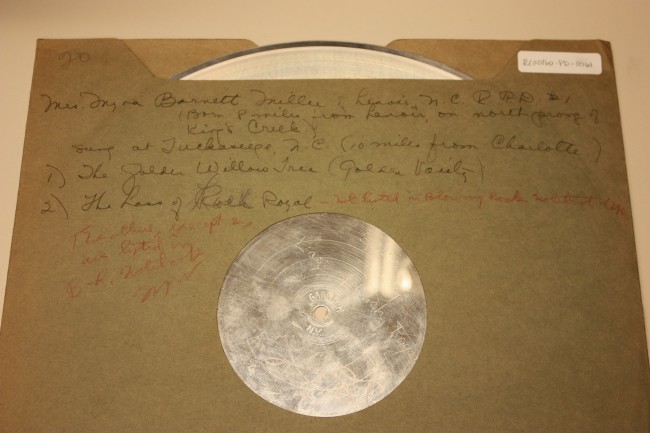




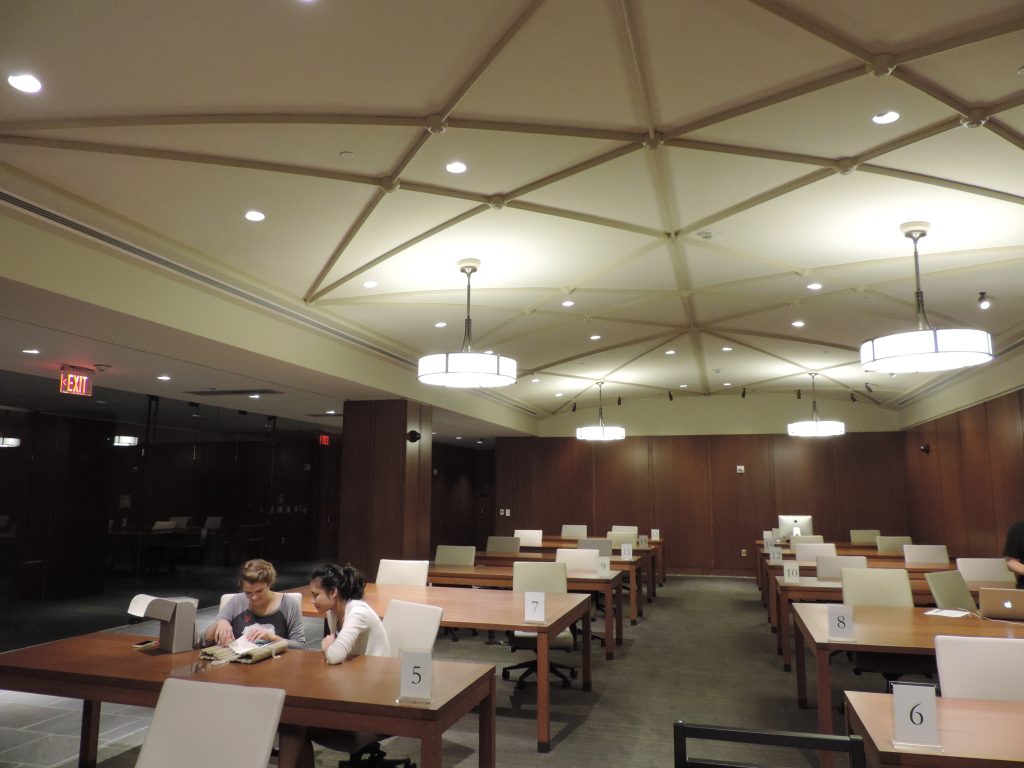





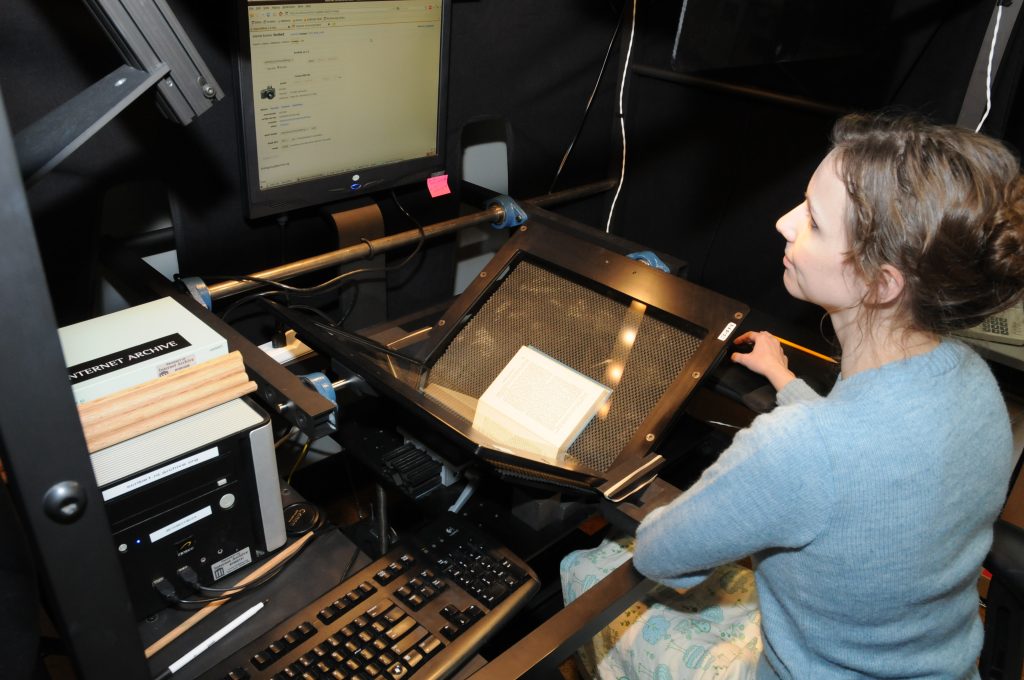
 Starting this semester, Duke University faculty, students, and staff can request to have certain public domain books scanned on demand. If a book is published before 1923* and located in the Perkins, Bostock, Lilly, or Music Library or in the Library Service Center (LSC), a green “Digitize This Book” button (pictured here) will appear in its online catalog record. Clicking on this button starts the request.
Starting this semester, Duke University faculty, students, and staff can request to have certain public domain books scanned on demand. If a book is published before 1923* and located in the Perkins, Bostock, Lilly, or Music Library or in the Library Service Center (LSC), a green “Digitize This Book” button (pictured here) will appear in its online catalog record. Clicking on this button starts the request.







